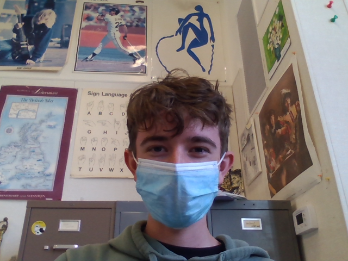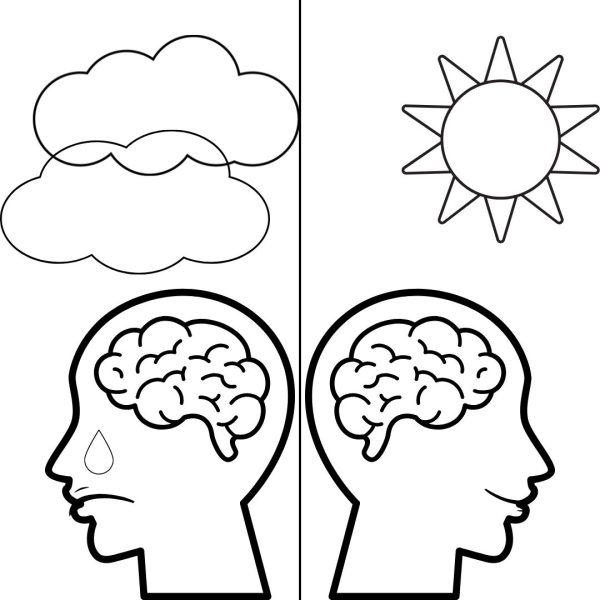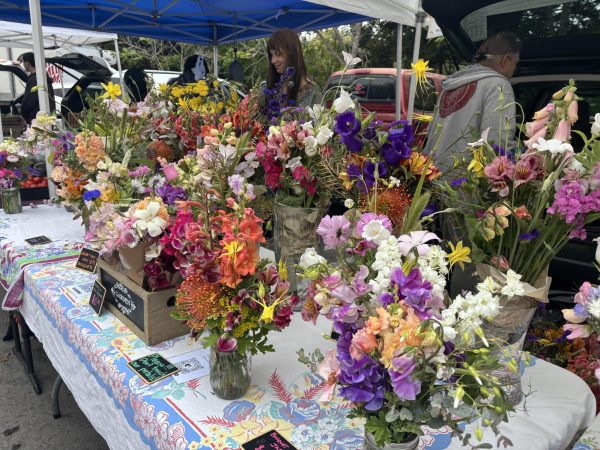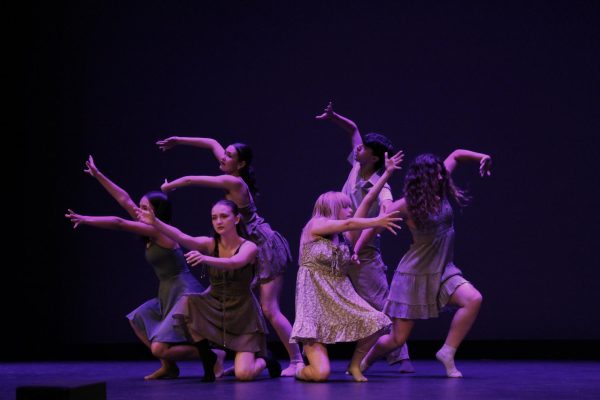The AGHS Inclusivity and Equity Committee
The AGHS Inclusivity and Equity Club lines up for a picture.
Social conflict is unavoidable in almost all places, and high schools, in particular, have a reputation for the crudity students exhibit to each other and staff. In the past, such activity has not often been more than a stereotype of American Public School, but in this last school year, it’s becoming closer to reality, at least at AGHS.
In an attempt to suppress the frequent negative behavior and general lack of sensitivity, a small group of AGHS staff has created The AGHS Inclusivity and Equity Committee.
“Mr. Neff, me (sic), Goossen, and Ms. Wilson [started the committee], and honestly it just came through conversation, and there was a need for it,” administrator Sara Osborne said.
The committee was started back in October after staff noticed patterns of disrespect between students.
“We talked about it a little in advisory…We have a problem on campus where kids are not respecting each other,” Osborne said, “in this case around their identity, culture, race, or ethnicity. And that’s not a secret, right? That’s a problem here.”
“There seems to be some patterns here… [and] we have the… ability of addressing those patterns,” AGHS parent Michael Boyer said.
This can be done in a few different ways; either in subtler (but easier to implement) social changes, or direct curriculum and policy changes.
“We’ve prepared for training with staff,” Academic Advisor Josh Russell said. “We’ve [also] had some posters and different ideas go around about the nature of school and how we want people to behave with each other.”
The committee has also played a huge role in the updated cell phone and tardy policies introduced in the Spring semester.
“I would say that the change in policy from last semester to this semester regarding tardies, bathroom visits, and cellphones did kind of come out of some conversations that happened in this committee back in October and November when we realized that was definitely a way we could at least get a little bit more control over those things. And that could help us with some of the bigger things that we are working on,” Counselor Alyssa LaBrado said.
“One [thing we are working on] being the consistency piece, and also trying to reduce the amount of time students have their phones to take pictures of other students and use that to harass them,” administrator Clark Goossen added.
Last semester, there were multiple social media accounts created with the sole purpose of posting pictures of students without their permission, developing an environment where students constantly feel vulnerable, even within the classroom. By limiting phone access, the committee largely fixed this problem.
Although policies created by the committee provide relief to victimized students, other students who weren’t affected by bullying struggle to understand the reasoning behind such decisions, and are left frustrated.
“Everytime we are trying to make decisions or implement policies in a public school the obstacles are much different than if we could just say ‘this is what we have to do.’ Schools don’t necessarily get to do that,” LaBrado said. “And so we have to consider not only the size of AG, the students, the staff, the parents, the community, the school board. The list goes on in terms of the things we have to consider before we move forward.”
Within meetings, the committee needs to be careful when making decisions because so many people are impacted, often leading to robust conversations.
“We did agree at the beginning on like a set of norms, and part of that was that there would be uncomfortable moments,” LaBrado said. “Again, as the leaders of campus and the adults on campus, we have a responsibility to walk into those moments so that we can kinda figure out what the best answer is.”
“There’s a lot of self-reflection,” English teacher Azere Wilson said. “I think we have a goal and it turns into an open discussion.”
Open discussion about sensitive issues can be arduous and meetings consistently run on past the scheduled time.
“I don’t think there has been conflict as much as there has been really hard conversations and difficult things that we’ve had to grapple with,” Goossen said.
Although the committee makes decisions with great care, they agree that they could benefit from greater representation, and eventually want students involved.
“I think there’s definitely an opportunity to have more voices at the table, and we look forward to that day,” Boyer said. “Because we want to ensure they represent everybody in the best possible manner. We do not represent everybody here so that’s a struggle every time we meet for sure.”
“I think that we are all here to improve the campus climate and culture,” ASL teacher Stoffers said. “I think we’re all working towards making this a place where all students feel safe, where all staff feel safe, and so I think we can all come together because we know that that is the end goal.”

Jeremy Slayter is a reporter from the Eagle Times. He is new to journalism but is excited to dip his toes into the world of objectively recording events....










